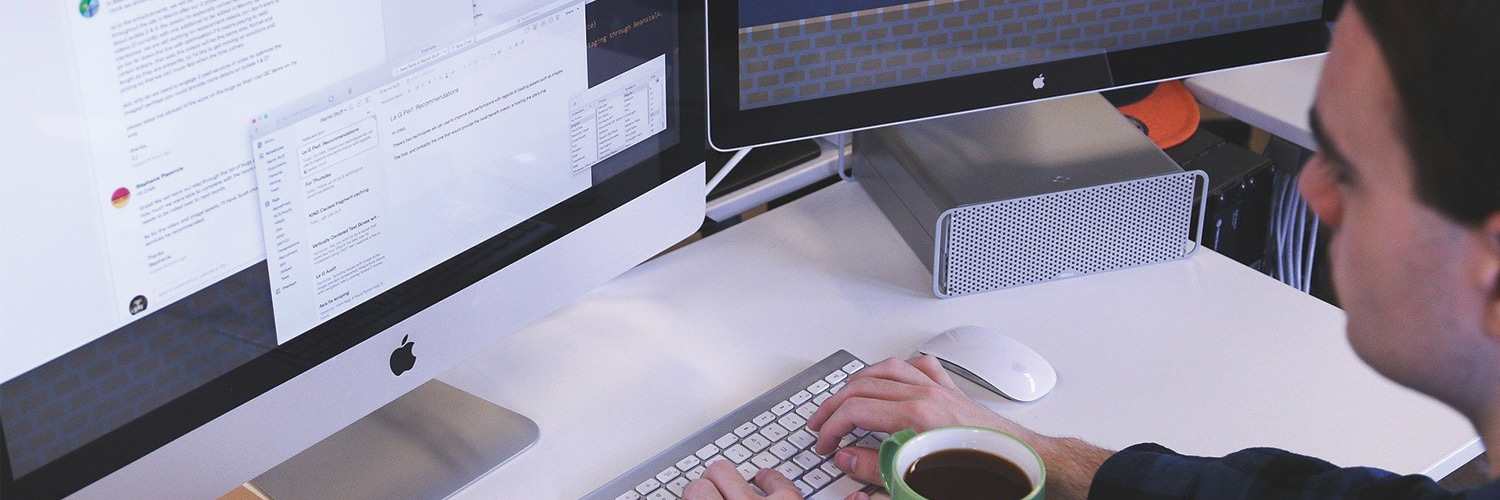Indexing language: crucial for your DAM
Today, implementing a DAM system requires that you use comprehensive indexing language in order to properly structure your media. That indexing language will allow you to easily manage and direct your indexing and searches for your digital assets.
As your media are directly linked to your business, your indexing language should describe your activities. To do just that, our image experts are available to help you create your own indexing structure and language.

Indexing language in 4 points
In Ephoto Dam, your indexing language is structured with four components:
- The collections directory, which provides access to media.
- The keywords directory, which describes the contents of media.
- A description form, which is used to describe the context for the creation and usage of media.
- Finally, user-right profiles (or, more precisely, workflows) and the interactions between users and the media database.
Using these four components, our image experts establish the standards and rules for describing your media collections. Their expertise guarantees a sustainable, easy-to-use indexing structure.
How to keep your indexing language working smoothly
In order to effectively prepare these components, our experts perform an audit. They collect all of the information they may need to create the indexing language. The goal is to understand your business, as well as the life cycle of your media. This audit can be carried out on site at your offices or remotely via video conference, with each workshop lasting about two hours (two workshops are typically required).
After gathering all of the information they need, our experts carry out an indexing study. They analyze your media, how they’re used, their distribution channels, and the formats in which they’re used: for example, your website or in other software that use your visual resources.
They analyze your vocabulary, jargon, and corporate culture, i.e., the terms that you and your employees use to talk about your business. This is an important step that ensures that your thesaurus will be properly organized and consistent with your everyday professional language.
Thanks to the audit and indexing study, our experts will prepare a deliverable with all of the components of your indexing language. They will present it to you and test it with you in order to make final adjustments. Once all items have been validated, they will handle the integration of the indexing language into your Ephoto Dam solution!
Our recommendations and best practices for successful indexing language
To guarantee sustainable usage of your indexing language, we have some advice for you.
Before our image experts establish the indexing language, there’s nothing you need to do or prepare. However, it is important that you be able to get together the people who can talk about your media and how they’re used.
Before the audit, if you plan to use Ephoto Dam to distribute media to other platforms (website, PIM, CMS, etc.), check ahead of time what the needs of those tools are. While Ephoto Dam can deliver media with their indexing to these other platforms, taking into account their needs when creating the indexing language can save valuable time when connecting them with the DAM.
With Ephoto Dam, you gain the ability to manage intellectual property rights attached to your media under optimal conditions. As such, it is important to collect ahead of time the practical information relating to the intellectual property rights linked to your media.
In addition, when you implement Ephoto Dam and a customized indexing language, you can also begin implementing a document management policy. Such a policy ensures that employees are using media properly, as well as applying indexing rules and storing media correctly.
After your indexing language has been delivered, we recommend that you make updates to it at least once a year. The statistics tool made available to you in Ephoto Dam will allow you to track the usage of keywords and collections, and even measure searches that produced zero results. You can thus amend your structure according to your interpretation of the statistics: you can produce more media for a topic that’s in high demand, modify a keyword, add a synonym, increase the granularity in part of the structure, etc.
An essential step
As such, indexing is an essential step for ensuring that your Ephoto Dam photo library functions well. Without implementing indexing language, the solution is unusable.


